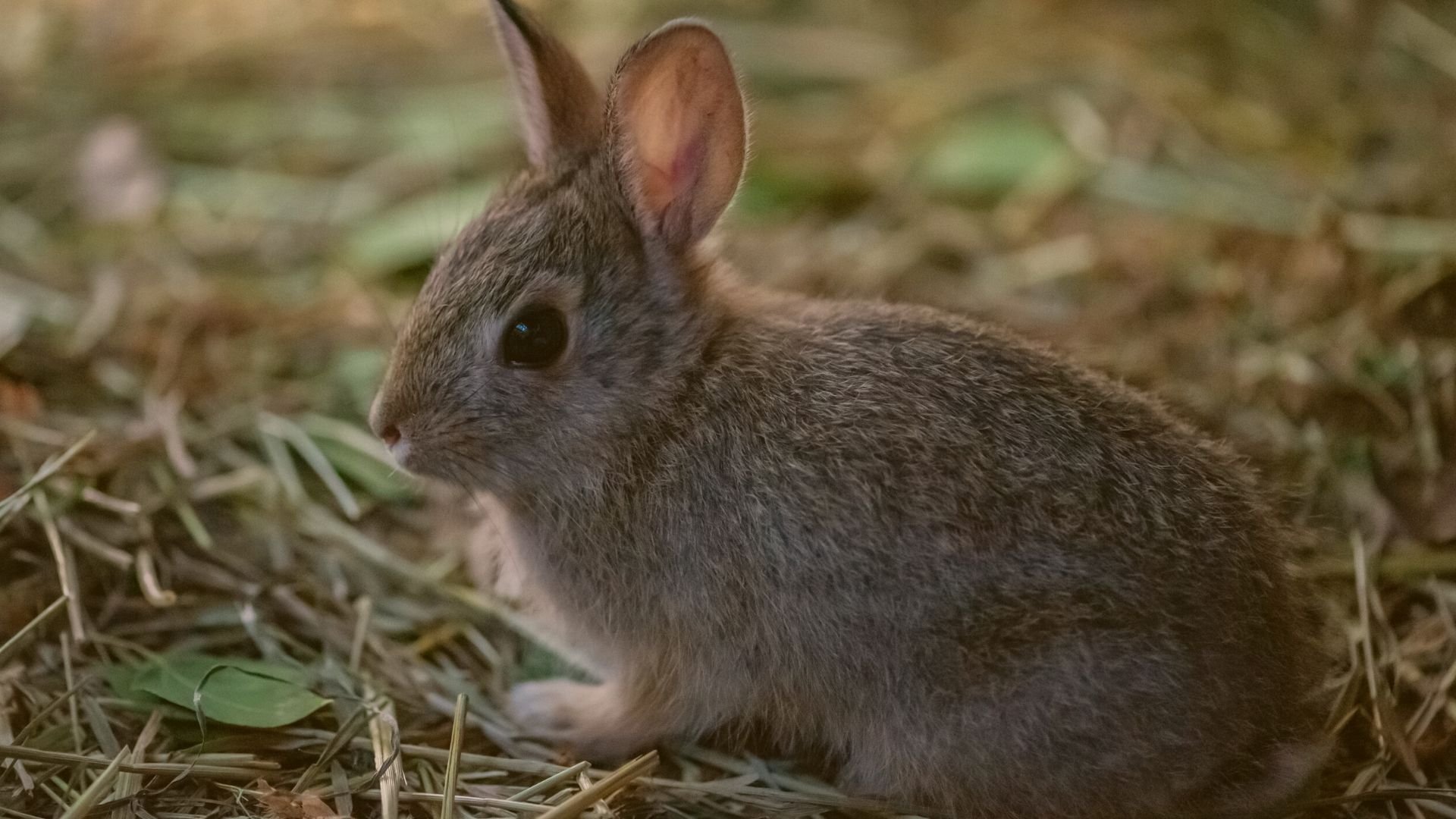What to do if you find an injured or orphaned rabbit
About Rabbits
Rabbits are prevalent all over Canada. Saskatchewan is home to the White-tailed Jackrabbit (really a hare), the Snowshoe hare, and the Cottontail.
The White-tailed Jackrabbit prefers open grasslands and has large hind legs that allow them to outrun predators. The Snowshoe Hare, on the other hand, prefers mixed woodlands, bush, or swamp areas, and has large well-furred paws that give them better footing on ice and snow. Cottontails, which are the most common breed of rabbit in North America, found further south in the province, have a grayish-brown body and whitish underparts, as well as the distinctive white powder-puff tail that gives them their name.
Bunnies eat a wide range of vegetation, including grasses, twigs, flowers, and bark. Wild rabbits also have excellent eyesight and hearing that helps them detect predators such as foxes, coyotes, and birds of prey, which are a constant threat to them.
Many species of rabbits can have up to four litters each year, with an average of four to five young born each time. The newborns, weighing around 90-100 grams, are born fully furred, with open eyes, and have limited mobility within half an hour. After two weeks, they begin to forage for food and are weaned completely by one month of age.
Encountering Rabbits
When encountering wild bunnies, it's important to approach them slowly and quietly, and observe them from a distance. They have excellent hearing and can quickly become startled by loud noises or sudden movements. It's best to observe them from a distance, using binoculars if possible.
It's important to remember that wild rabbits are not pets and should not be approached or fed. Feeding them can cause them to become dependent on humans for food, which can lead to their demise if they are no longer provided for. Also make sure to NOT pet them. Although they may appear to be calm, they are high-stress animals and this can cause them to have heart failure.
Also, please note that female rabbits commonly leave their young alone during the day, returning only in the early morning and at dusk to feed them. It is incredibly important if you encounter a baby rabbit to NOT touch them. Doing so will put your scent on it, and may attract predators. To determine if baby bunnies are actually orphaned, you can place two pieces of wool over the top of their nest and check if it has been disturbed the next morning. However, it's important to only do this if you have reason to suspect that the babies are parentless, such as a dead adult nearby.
Rabbits in trouble
Here are some steps you can take if you find an injured or orphaned rabbit:
When handling the rabbit, it's important to be gentle and calm. Wear gloves to avoid transmitting any diseases to the rabbit, and use a towel or blanket to pick it up.
Place them in a dark, quiet place.
If you have pets, make sure to put the rabbit far away from them, as the smells and sounds of your pet will cause them stress.
Do NOT attempt to care for the rabbit yourself. It is illegal to keep wild rabbits as pets and attempting to care for them yourself will do more harm than good.
Contact a licensed wildlife rehabilitator as soon as possible. They will be able to provide proper care and treatment for the rabbit.
By taking these steps, you can ensure the rabbit receives the proper care it needs to recover.
More info on rabbits
“Rabbit Natural History,” Living Sky Wildlife Rehabilitation
“Rabbits – What to DO if you find one in distress,” Procyon Wildlife
“Helping an Injured Rabbit,” House Rabbit Society

